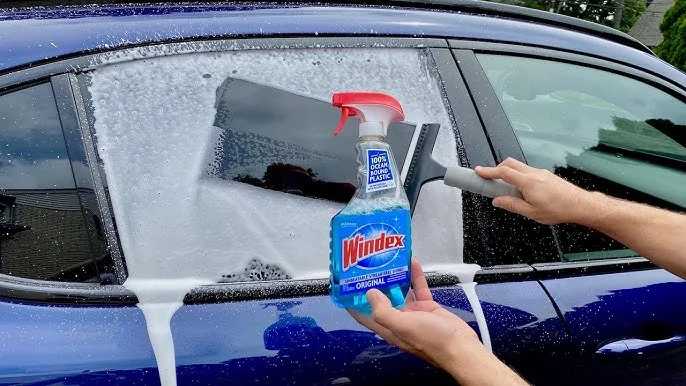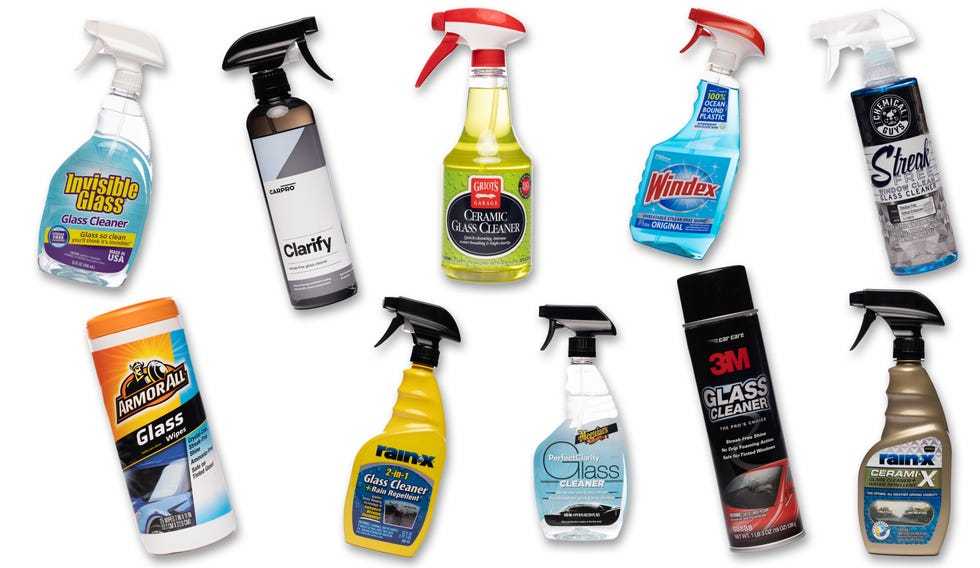To quickly determine whether glass is laminated or tempered, look for the laminating film or check for a certification mark, or gently tap the surface—laminated glass tends to sound duller, while tempered glass produces a sharper ring. A simple inspection can often reveal the type of glass you’re dealing with.
Laminated and tempered glass are both popular for their safety features, but they serve different purposes and have different characteristics. To confirm which type you have, you can look for specific signs such as a visible plastic interlayer in laminated glass or the presence of a small certification label on tempered glass. Additionally, performing a simple sound test or inspecting the edges can help you identify the type. Understanding these differences ensures you use the right glass for your needs, whether for security, safety, or design purposes.
When it comes to differentiating between laminated and tempered glass, many people are unaware that these two types of safety glass are quite distinct in their construction and behavior. Laminated glass is made by bonding two or more layers of glass with a plastic interlayer, making it highly resistant to shattering and ideal for windshields or security windows. Tempered glass, on the other hand, is heat-treated to increase its strength, and when broken, it crumbles into small, blunt pieces rather than sharp shards. Confirming which type you have can be straightforward—look for labels, listen to the sound when tapped, or examine the edges—helping you make the best decision for your project.
How to Confirm Laminated Glass vs Tempered Glass
Understanding the difference between laminated and tempered glass can seem tricky at first. These two types of safety glass are used in windows, doors, and other glass fixtures, but they behave differently and have distinct characteristics. Correctly identifying them is important for safety, security, and legal reasons. This section will guide you step-by-step on how to confirm laminated glass versus tempered glass.
Visual Cues and Physical Inspection
The easiest way to tell laminated glass from tempered glass is by visual inspection. Laminated glass often appears similar to standard glass but has some telltale signs. When you look closely, you might notice a slightly cloudy or foggy layer between two sheets of glass. This layer is a polyvinyl butyral (PVB) film that holds the glass together if broken.
In contrast, tempered glass tends to have a uniform, clear appearance. When shattered, tempered glass breaks into many small, blunt pieces that are less dangerous. If the glass is intact, look for a small etching or manufacturer’s mark in the corner, which can help identify its type.
Check for Markings or Labels
Manufacturers often label or mark their glass with information about its type. Look along the edges or corners of the glass for stamps or stickers. Laminated glass is frequently marked with abbreviations such as Laminated, LD, or Laminated Safety Glass.
Tempered glass may have markings like Tempered, TS (tempered safety), or a logo from the manufacturer indicating it’s heat-treated. These labels can be very helpful in confirming the type without further testing.
Perform a Break Test (If Safe and Allowed)
One definitive way to confirm glass type involves observing its breakage pattern, but only if it is safe and permissible to do so. Tempered glass, when broken, shatters into tiny, less dangerous pieces known as “dice” or granular fragments.
Laminated glass, on the other hand, remains largely intact upon impact because the PVB layer holds the shards together. If the glass is already broken, check whether the shards are sticking together or falling apart. This can offer clues about its identity.
Use a Simple Light Test
Shine a flashlight or laser pointer through the glass. Laminated glass can sometimes show a faint line or a slight haziness in the layers. If you observe a layered effect or slight color variation, it likely is laminated.
Tempered glass usually transmits light uniformly without any layering effects. This quick test isn’t foolproof but can provide additional clues.
Conduct a Thickness Measurement
Measuring the thickness of the glass can help identify its type. Laminated glass is often thicker because it includes an extra layer of PVB film. Typical laminated glass ranges from 6 to 12 millimeters in thickness.
Tempered glass tends to be thinner for the same safety specifications. Use a caliper or a ruler carefully to measure the thickness at different points. Keep in mind that thickness alone isn’t a definitive indicator, but it can support other findings.
Use a Polarized Light Test
This method involves a polarized lens or filter. When you view laminated glass through polarized glasses, the layers might appear with different colors or contrast, especially if there is a film inside.
Tempered glass usually does not show such layered effects under polarized light. This test can be performed in a well-lit environment and provides more confidence when identifying laminated glass.
Perform a Chemical Test (Consult a Professional)
For absolute certainty, a professional test can analyze the composition. This involves taking a small sample of the glass and using chemical or spectral analysis techniques to determine its structure.
While more invasive and costly, this method guarantees accurate identification, particularly for legal or insurance claims.
Consult a Glass Expert or Manufacturer
If you’re unsure, contacting the manufacturer or a professional glass expert is wise. They can perform detailed testing using specialized equipment, such as edge analysis or refractive index testing.
Manufacturers also keep detailed records of their products and can verify the glass type based on product codes or serial numbers.
Summary Table for Quick Reference
| Feature | Laminated Glass | Tempered Glass |
|---|---|---|
| Visual Clues | Layered appearance with PVB film visible | Uniform, clear, no layered look |
| Markings | Often marked with “Laminated” or similar | Marked with “Tempered” or manufacturer logo |
| Break Pattern | Remains largely intact, shards stuck together | Breaks into small, blunt pieces (“dice”) |
| Thickness | Generally thicker due to PVB layer | Usually thinner for same size |
| Light Test | Layered or hazy appearance with flashlight | Uniform light transmission |
| Polarized Light | Shows layered colors or contrast | Displays no layering |
Additional Tips for Accurate Identification
- Check for manufacturer documentation: If possible, obtain product specifications or purchase records.
- Inspect on a clean, dry surface: Dirt or smudges might obscure important features.
- Be cautious with handling: Sharp edges can be dangerous if the glass is broken or fractured.
- Consider safety regulations: Always prioritize safety and hire professionals for testing if you’re unsure.
Related Topics
Safety Considerations
Knowing whether your glass is laminated or tempered helps in understanding its safety features. Laminated glass provides better security against break-ins, while tempered glass offers safer breakage behavior.
Applications of Laminated and Tempered Glass
Laminated glass is often used in windshields, soundproof windows, and security glass. Tempered glass is common in doors, shower enclosures, and glass tabletops.
Legal and Building Code Requirements
Different regions have specific regulations about which type of glass should be used in certain scenarios, especially for safety or security reasons. Confirming the type helps ensure compliance.
This detailed guide should help you confidently identify laminated versus tempered glass through various methods, supporting your safety and project needs.
Laminated Glass vs. Tempered Glass
Frequently Asked Questions
What physical features can help identify laminated glass compared to tempered glass?
Laminated glass often appears thicker and may have a slight flexibility when pressed, especially if it contains multiple layers. It usually has a glossy surface without any noticeable surface distortions. Tempered glass, on the other hand, tends to be thinner, more brittle, and can sometimes show faint surface markings or patterns from the manufacturing process. When inspected closely, laminated glass may also have a visible interlayer film, especially if damaged or chipped.
How can you verify the presence of an interlayer in laminated glass?
To confirm if glass is laminated, look for signs of an interlayer, such as a slight haze or a different reflective quality between layers. You can gently tap on the glass; laminated glass may produce a duller sound, whereas tempered glass often produces a sharper ring. If possible, perform a small peel test along the edges, where laminated glass may show a thin film or layer that can be slightly separated or peeled apart.
Is there a quick way to distinguish laminated glass from tempered glass visually?
Yes, holding the glass up to the light can help. Laminated glass often exhibits a clearer, more consistent appearance with fewer surface imperfections, while tempered glass may show surface distortion or patterns from the manufacturing process. Additionally, laminated glass tends to fracture into large, dull-edged shards if broken, whereas tempered glass breaks into small, granular pieces.
Can thermal or chemical tests differentiate between laminated and tempered glass?
Performing a thermal test, such as gently heating the glass, can sometimes indicate the type—laminated glass may retain heat longer due to its layered structure. Chemical tests, like applying certain solvents, can also reveal differences, as the interlayer in laminated glass may react or become visible. However, these methods require caution and proper equipment to avoid damage or injury.
What role does professional inspection play in confirming glass type?
Professionals can provide definitive confirmation through detailed testing, including microscopic examination or specialized equipment like infrared spectroscopy. They can identify the internal structure of the glass and distinguish between laminated and tempered types accurately, especially in cases where visual cues are ambiguous or the glass has been damaged.
Final Thoughts
To confirm laminated glass vs tempered glass, inspect for specific features. Laminated glass usually has a visible plastic interlayer when scratched or cut. Tempered glass tends to shatter into small, blunt pieces rather than large shards.
You can also perform a simple test by tapping the glass. Laminated glass absorbs more impact, often producing a dull sound, whereas tempered glass rings clearly.
Understanding these differences helps ensure proper selection and safety. Remember, confirming laminated glass vs tempered glass involves checking its layers and impact response for accurate identification.



